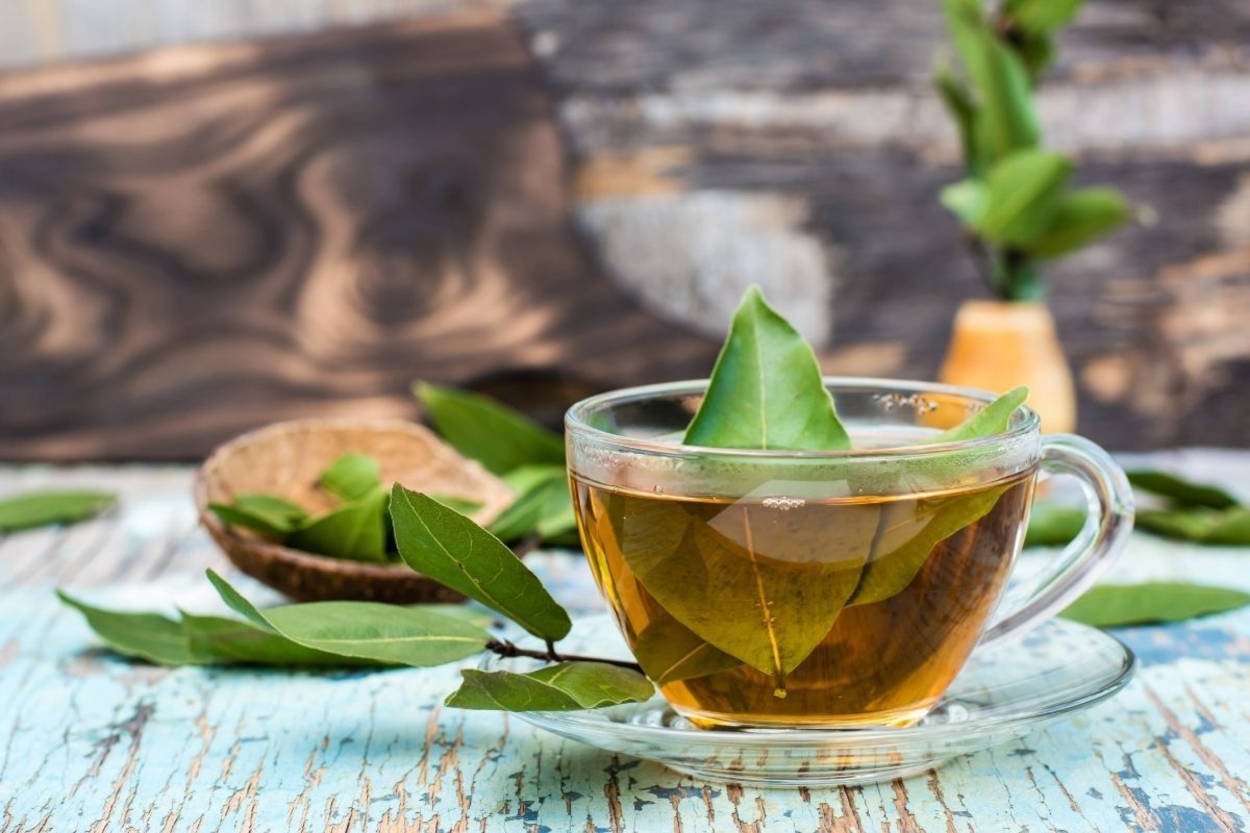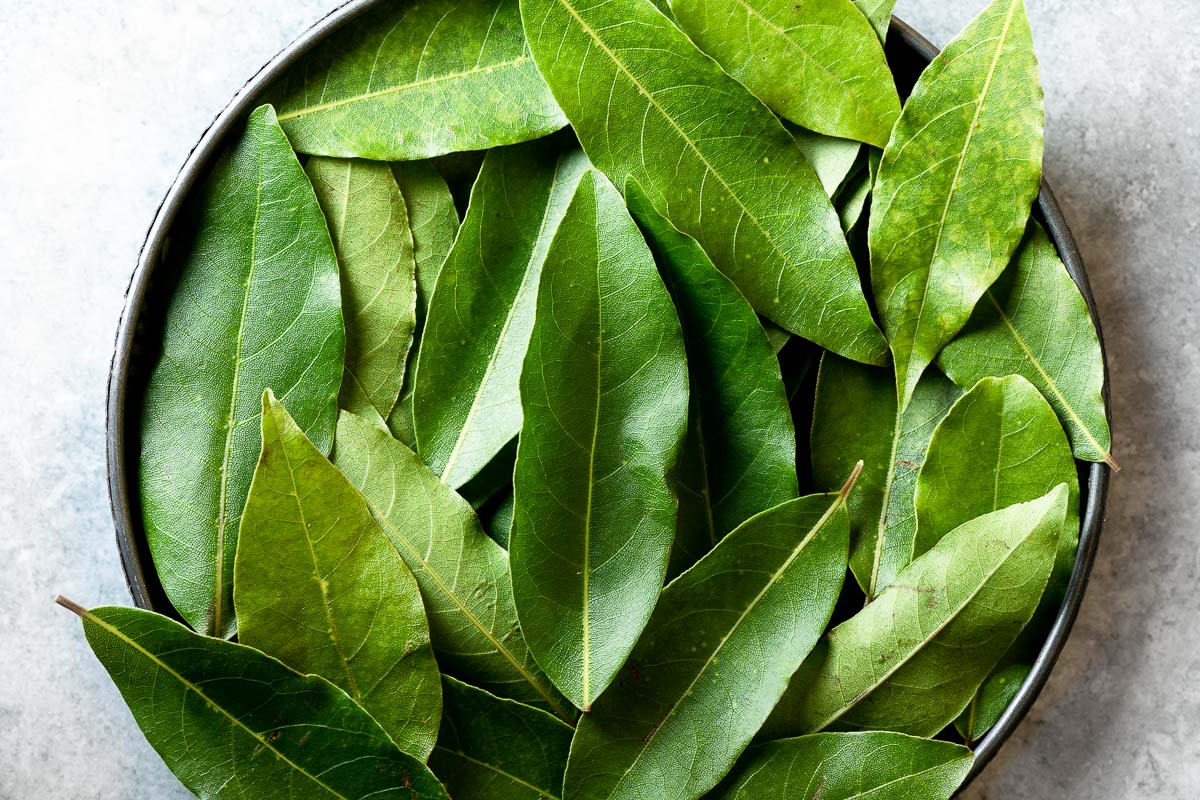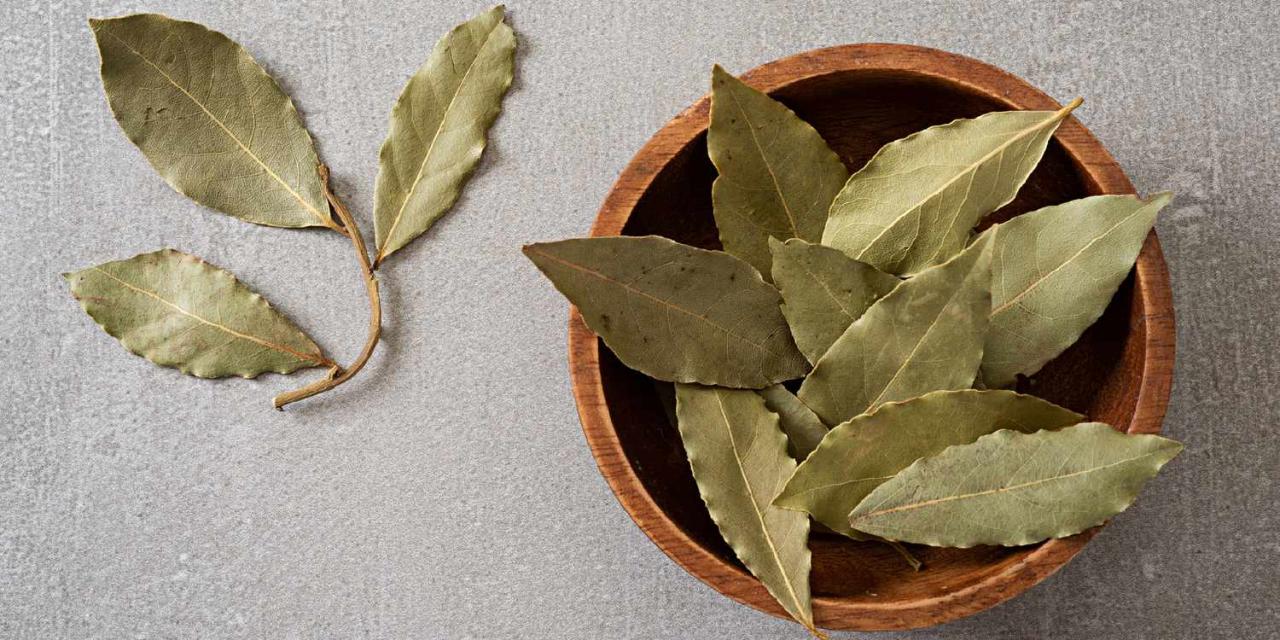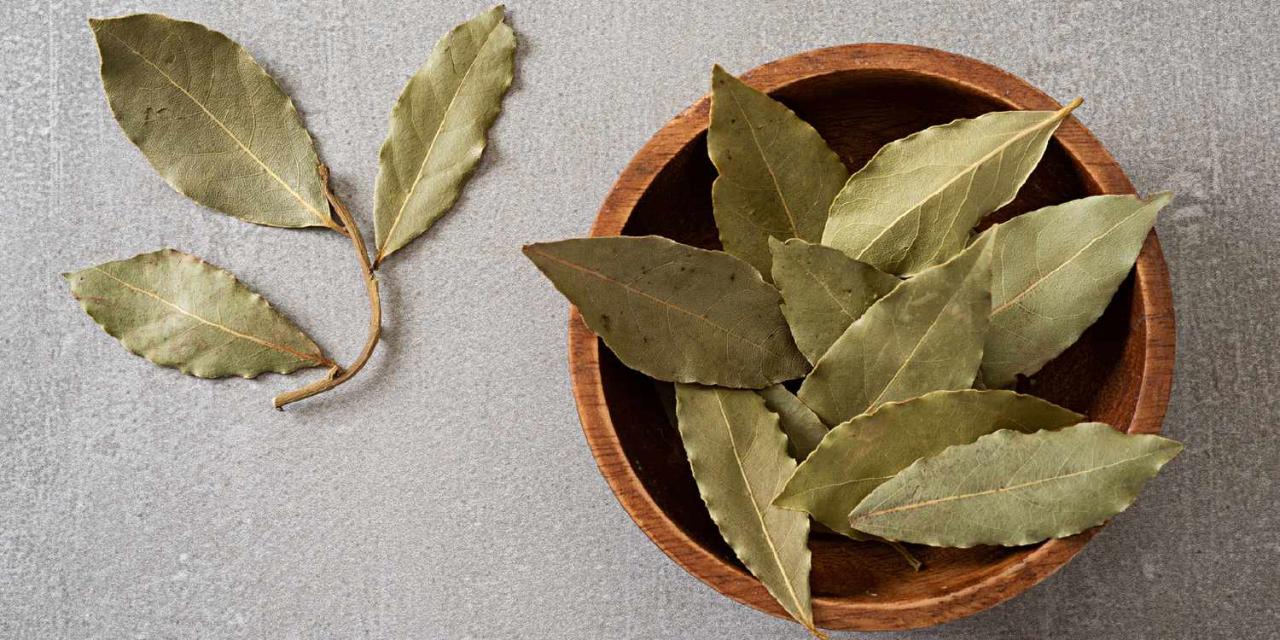How to Use Bay Leaf Substitutes for Perfectly Flavored Meals: Bay leaves, with their distinctive aroma and earthy flavor, have long been a staple in kitchens worldwide. They lend a subtle yet essential depth to countless dishes, from hearty stews and fragrant soups to aromatic sauces and flavorful marinades.
But what happens when you find yourself without this culinary gem? Fear not, for there are a plethora of substitutes that can deliver similar flavor profiles, allowing you to create perfectly balanced and delicious meals.
This guide will delve into the world of bay leaf substitutes, providing you with a comprehensive understanding of their unique characteristics and culinary applications. We’ll explore the key flavor components of bay leaves and identify the substitutes that best mimic their essence.
From dried herbs and spices to alternative cooking techniques, you’ll discover a range of options to elevate your dishes without compromising on flavor.
The Allure of Bay Leaves
Bay leaves, with their distinctive aroma and flavor, have been a culinary staple for centuries, adding depth and complexity to countless dishes. These aromatic leaves, derived from the bay laurel tree, possess a unique flavor profile that blends notes of camphor, eucalyptus, and a hint of bitterness, making them an essential ingredient in various cuisines worldwide.
Bay leaves are highly versatile, finding their way into savory dishes, sauces, soups, stews, marinades, and even desserts. Their versatility stems from their ability to enhance and complement a wide range of flavors, from the richness of meat dishes to the delicate nuances of vegetable preparations.
Bay Leaves: A Culinary Journey Through History
The use of bay leaves dates back to ancient civilizations, where they were highly valued for their medicinal and culinary properties. In ancient Greece, bay leaves were associated with Apollo, the god of music, poetry, and prophecy, and were used in religious ceremonies and as a symbol of victory.
The Romans, known for their culinary prowess, incorporated bay leaves into their cuisine, using them to flavor sauces, stews, and meat dishes. The use of bay leaves spread throughout Europe and beyond, becoming an integral part of culinary traditions in various cultures.
Understanding Bay Leaf Substitutes

Bay leaves are a staple in many cuisines, lending their distinctive aroma and flavor to dishes ranging from hearty stews to delicate sauces. But what if you find yourself without this essential ingredient? Fear not! A range of substitutes can step in to deliver similar flavor profiles and enhance your culinary creations.To understand the best substitutes, it’s essential to grasp the flavor components of bay leaves.
Their unique aroma and taste stem from a combination of volatile compounds, including cineole, eugenol, and linalool. These compounds contribute to the characteristic earthy, slightly bitter, and slightly camphoraceous notes of bay leaves.
Common Bay Leaf Substitutes
To effectively replace bay leaves, it’s crucial to choose substitutes that offer similar flavor profiles. Here’s a comprehensive list of common bay leaf substitutes, along with their unique characteristics and culinary applications:
- Dried Thyme:Thyme offers a slightly herbaceous, earthy, and slightly peppery flavor, making it a suitable substitute for bay leaves in dishes like stews, soups, and braises. Thyme’s flavor profile is less intense than bay leaves, so you might need to use a slightly larger amount to achieve the desired effect.
- Dried Oregano:Oregano brings a robust, earthy, and slightly bitter flavor to dishes. Its strong flavor profile can be a good substitute for bay leaves in hearty meat dishes, tomato-based sauces, and pizza toppings. Oregano’s flavor intensity is comparable to bay leaves, so use it in similar proportions.
- Dried Rosemary:Rosemary delivers a distinct, pungent, and slightly camphoraceous flavor, making it an excellent substitute for bay leaves in dishes like roasted meats, poultry, and hearty vegetable dishes. Rosemary’s flavor is more pronounced than bay leaves, so use it sparingly.
- Dried Marjoram:Marjoram offers a milder, sweeter, and slightly earthy flavor compared to other substitutes. It works well in dishes like soups, stews, and sauces where a delicate touch is desired. Marjoram’s flavor intensity is lower than bay leaves, so you may need to use a larger amount to achieve the desired effect.
- Dried Sage:Sage provides a distinctive, earthy, and slightly peppery flavor with a hint of bitterness. It is an excellent substitute for bay leaves in dishes like stuffing, sausages, and roasted poultry. Sage’s flavor is stronger than bay leaves, so use it with caution.
- Dried Basil:Basil brings a sweet, slightly peppery, and slightly minty flavor to dishes. It can be a good substitute for bay leaves in tomato-based sauces, soups, and vegetable dishes. Basil’s flavor is less intense than bay leaves, so you might need to use a slightly larger amount.
- Dried Parsley:Parsley offers a bright, slightly peppery, and slightly grassy flavor. While not a direct substitute for bay leaves, it can add a touch of freshness and depth to dishes. Use parsley in moderation as its flavor is less pronounced than bay leaves.
Substituting Bay Leaves in Different Dishes: How To Use Bay Leaf Substitutes For Perfectly Flavored Meals

Bay leaves, with their distinctive aroma and flavor, are commonly used in a wide range of dishes, from savory stews to aromatic sauces. However, situations may arise where a bay leaf substitute is needed, whether due to an allergy, unavailability, or personal preference.
Fortunately, several herbs and spices can effectively mimic the flavor profile of bay leaves, allowing you to enjoy your favorite recipes without compromising taste.
Choosing the Right Substitute
The best substitute for bay leaves depends on the specific dish you are preparing. Some substitutes offer a more pronounced flavor, while others provide a subtler note. The table below Artikels the most suitable substitutes for various dishes:
Dish |
Best Substitutes |
Notes |
|---|---|---|
Stews and Soups |
Thyme, Rosemary, Marjoram, Oregano |
These herbs offer a warm, earthy flavor that complements stews and soups. |
Sauces |
Tarragon, Basil, Parsley |
These herbs provide a more delicate flavor that is well-suited for sauces. |
Seafood Dishes |
Dill, Fennel Seeds |
These herbs and spices enhance the taste of seafood with their fresh, briny notes. |
Meat Dishes |
Sage, Juniper Berries |
These herbs and spices offer a robust flavor that complements meat dishes. |
Bean Dishes |
Laurel Leaves, Bay Leaf Powder |
Laurel leaves, similar to bay leaves, provide a distinct aroma and flavor that enhances bean dishes. |
Adapting Recipes for Bay Leaf Substitutes
When substituting bay leaves, it is essential to adjust the amount of substitute used to achieve the desired flavor intensity.
For example, a single bay leaf can be replaced with 1/2 teaspoon of dried thyme or rosemary.
While bay leaf substitutes like thyme or rosemary can add a similar earthy flavor to your dishes, remember that timing is key for optimal results. Just like knowing Is September the Right Time for Grass Seed? Here’s What You Should Know is crucial for a lush lawn, the right time to add your chosen substitute can make all the difference in your culinary creations.
Whether you’re simmering a stew or creating a fragrant sauce, the key is to experiment and discover the perfect flavor combination for your taste.
Additionally, consider the cooking time and the intensity of the substitute. Herbs like thyme and rosemary can be added towards the end of cooking to prevent their flavor from becoming overpowering.
Alternative Techniques for Achieving Similar Flavors

Bay leaves contribute a distinctive aroma and flavor to dishes, but their absence doesn’t necessarily mean sacrificing taste. Numerous alternatives can be employed to achieve similar flavor profiles without relying on bay leaves. This section delves into various techniques, including using herbs and spices, creating custom blends, and exploring alternative cooking methods.
Using Herbs and Spices
Certain herbs and spices can individually mimic the flavor of bay leaves or, when combined, create a similar flavor profile. These alternatives provide a versatile approach to replicating the essence of bay leaves.
- Rosemary:With its earthy and slightly piney notes, rosemary can effectively substitute bay leaves in savory dishes, particularly those with Mediterranean or Italian influences.
- Thyme:Known for its herbaceous and slightly lemony flavor, thyme can be used as a substitute for bay leaves in soups, stews, and braises.
- Sage:Sage, with its earthy and slightly bitter notes, can be used in place of bay leaves in dishes with strong flavors, such as pork roasts or stuffing.
- Oregano:Its slightly bitter and earthy flavor profile, reminiscent of bay leaves, makes oregano a suitable substitute in tomato-based sauces and Mediterranean dishes.
Creating Custom Blends
Combining herbs and spices can create a nuanced flavor profile that closely resembles the taste of bay leaves. Experimenting with different combinations can yield unique and flavorful results.
A simple blend of dried thyme, rosemary, and oregano can effectively mimic the flavor of bay leaves in many dishes.
- Mediterranean Blend:A combination of dried oregano, thyme, rosemary, and a pinch of dried basil can create a complex flavor profile similar to bay leaves, ideal for Mediterranean dishes like stews and braises.
- French Bouquet Garni:A traditional French blend of herbs tied together in cheesecloth, typically includes parsley, thyme, bay leaves, and sometimes other herbs. While bay leaves are a key component, the other herbs can contribute to a similar flavor profile if bay leaves are omitted.
Alternative Cooking Methods
Certain cooking methods can enhance the flavor of dishes without relying on bay leaves. These techniques can amplify the natural flavors of ingredients, creating a satisfying culinary experience.
While bay leaves are a classic addition to many dishes, they aren’t always readily available. Fortunately, there are several flavorful alternatives that can add depth and complexity to your meals. If you find yourself without bay leaves, check out our comprehensive guide on How to Substitute Bay Leaves with These Flavorful Alternatives for inspiration on how to elevate your culinary creations.
With a little experimentation, you’ll discover a world of delicious possibilities and learn how to use bay leaf substitutes for perfectly flavored meals.
- Sautéing and Browning:Sautéing or browning ingredients, like onions, garlic, or meat, can create complex flavors and aromas that contribute to the overall taste of the dish.
- Using Aromatics:Adding aromatics like onions, garlic, and celery to dishes can enhance the flavor and create a base for other ingredients.
- Long Cooking Times:Slow cooking methods, such as braising or stewing, allow flavors to meld and develop over time, creating a rich and satisfying taste.
Considerations for Substitute Usage
While bay leaf substitutes offer a convenient alternative, it’s essential to consider their potential impact on the overall flavor profile of your dishes. Understanding the nuances of substitute usage is key to achieving the desired taste and aroma.
Impact on Flavor Balance, How to Use Bay Leaf Substitutes for Perfectly Flavored Meals
Using substitutes can alter the flavor balance of a dish, as each ingredient possesses unique characteristics. For instance, substituting bay leaves with dried thyme might introduce a more herbaceous and earthy note, while using rosemary might bring a stronger, more pungent flavor.
It’s crucial to adjust the quantity of the substitute based on its intensity and the specific flavor profile you aim to achieve.
Final Wrap-Up
With a little creativity and a dash of culinary know-how, you can easily replace bay leaves and achieve the same depth of flavor in your dishes. By understanding the nuances of each substitute and adapting your cooking techniques accordingly, you can confidently create culinary masterpieces that will delight your taste buds.
So, explore the world of bay leaf substitutes, experiment with different flavors, and unlock a new dimension of culinary possibilities.
Detailed FAQs
What are the most common bay leaf substitutes?
Common substitutes include thyme, rosemary, oregano, sage, and even a pinch of dried marjoram.
How do I know which substitute to use?
Consider the dish you’re making and the desired flavor profile. For example, thyme works well in soups and stews, while rosemary is a great choice for roasted meats.
Can I use fresh herbs instead of dried ones?
Yes, but use about three times the amount of fresh herbs compared to dried ones.
Do I need to adjust cooking times when using substitutes?
Yes, some substitutes may require slightly longer cooking times to release their full flavor.
